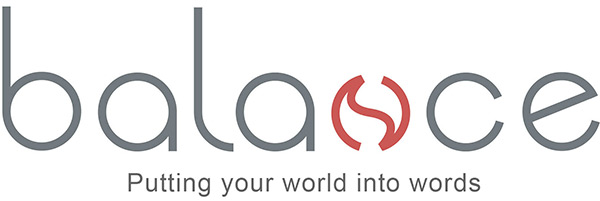
Mark Zuckerberg, Facebook’s CEO, is nothing if not realistic. In his endeavour to keep the Facebook family forever striving to break new ground and avoid resting on their laurels, he is quoted as having said, “If we don’t create the thing that kills Facebook, someone else will.”
Every business should take heed, especially the big ones. Nothing lasts forever, no matter how huge and successful. Just ask Nokia.
It’s very tempting to leave a successful business alone, not to try and fix what isn’t broken. But ever since the dawn of the Industrial Revolution, that approach has left behind big casualties that failed to recognise or respond to the harbingers of disruption.
The game changer today is the Internet of Things (IoT) and its powerful alliance with artificial intelligence (AI). Data collection and data analysis, all taking place without the need for human intervention. Is your business ready for this?
Here are three questions business leaders should be asking in order to preserve the longevity of their brands.
Q1: What do our customers need?
Digital technology has changed customer expectations in many industries, notably retail, healthcare and banking. In each case this has brought about something of an existential crisis. Why do people need shops any more?
It’s important to examine the services you provide and ask yourself, “Do people still need this? And if they don’t, what is it they do need?”
Look beyond what you provide to the end benefit that it enables. A bank, for example, will provide mortgages and car loans but are these what their customers really want? No. What they really want is homes and cars. In fact, you could go further. While some customers want cars for the aesthetics and status that they bring, others just want to get from A to B.
So how can your company satisfy that need?
Q2: How could digital tech improve what we do now?
Retail has pioneered the use of the IoT and AI to enhance the customer experience and meet the increasing expectations of consumers. With Amazon blazing the trail, retailers have been quick to recognise the value of customer behavioural data and use it to target customers with surgical precision.
Before you think about using the IoT to collect new data, take a look at the data you already hold. Most businesses are sitting on a goldmine of customer data that they’re not exploiting. How can you apply AI to the data you hold – within the boundaries of data privacy, of course – to improve your targeting and enhance your customer experience?
What the IoT adds to this is fresh data in real-time, enabling you to respond in a very agile manner by adjusting your offering to quickly meeting changes in demand. This technology is proving very beneficial in logistics, where companies can stay very competitive by monitoring a range of factors such as traffic, import/export tariffs and driver data to find the best routes and prices for their customers at any given time.
Q3: How could we embrace digital to move into new markets?
Historically, businesses have tended to stick to their niche because the cost of moving into new, uncharted sectors was prohibitive. But the first wave of digital disruption showed us a different way, when small startups tore up the market by bringing ideas quickly and cost-effectively to market.
This has changed the way brands should define themselves. Look at what you’re good at, rather than what you do. A healthcare provider, for example, might see itself as an institution that tends to the sick. But another way of looking at it would be as a brand that’s really good at customer service, has the trust of its users, employs proven experts, is recognised as caring etc etc. Now, how can these strengths be applied to expand your offering? And how can digital technology enable that?
You could start providing health insurance, for example. With a trusted brand and established expertise, it wouldn’t be hard to sell. And by using IoT and AI to streamline the healthcare service you provide, and thus the cost, one part of the business will benefit the other.
While your business is thriving is the time to start thinking about its destruction. Why? Because that’s when you have the resources, the confidence and the brand equity to explore new ideas. Define what customers need most, identify how your core strengths as a business can meet those needs and make data your ally in delivering a service that is truly revolutionary.
This article was written on behalf of Origo.is
Photo by Flora Westbrook from Pexels


